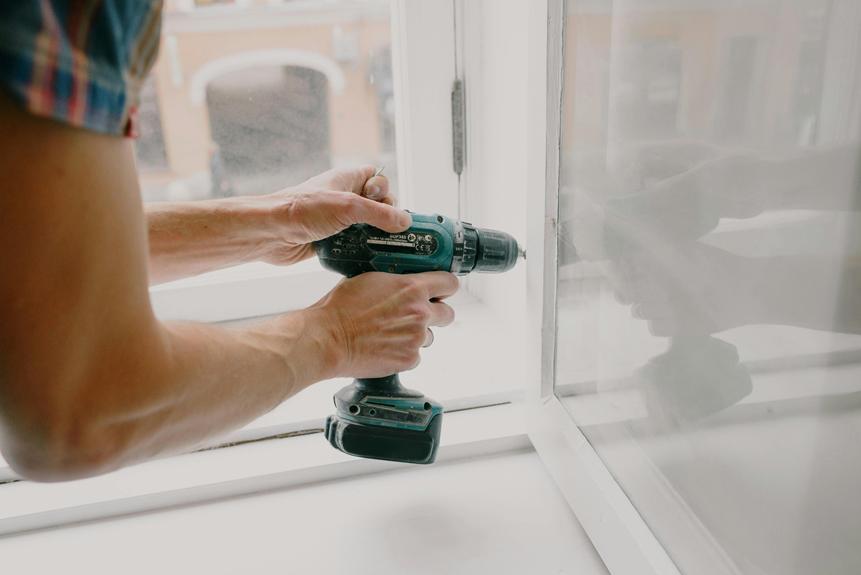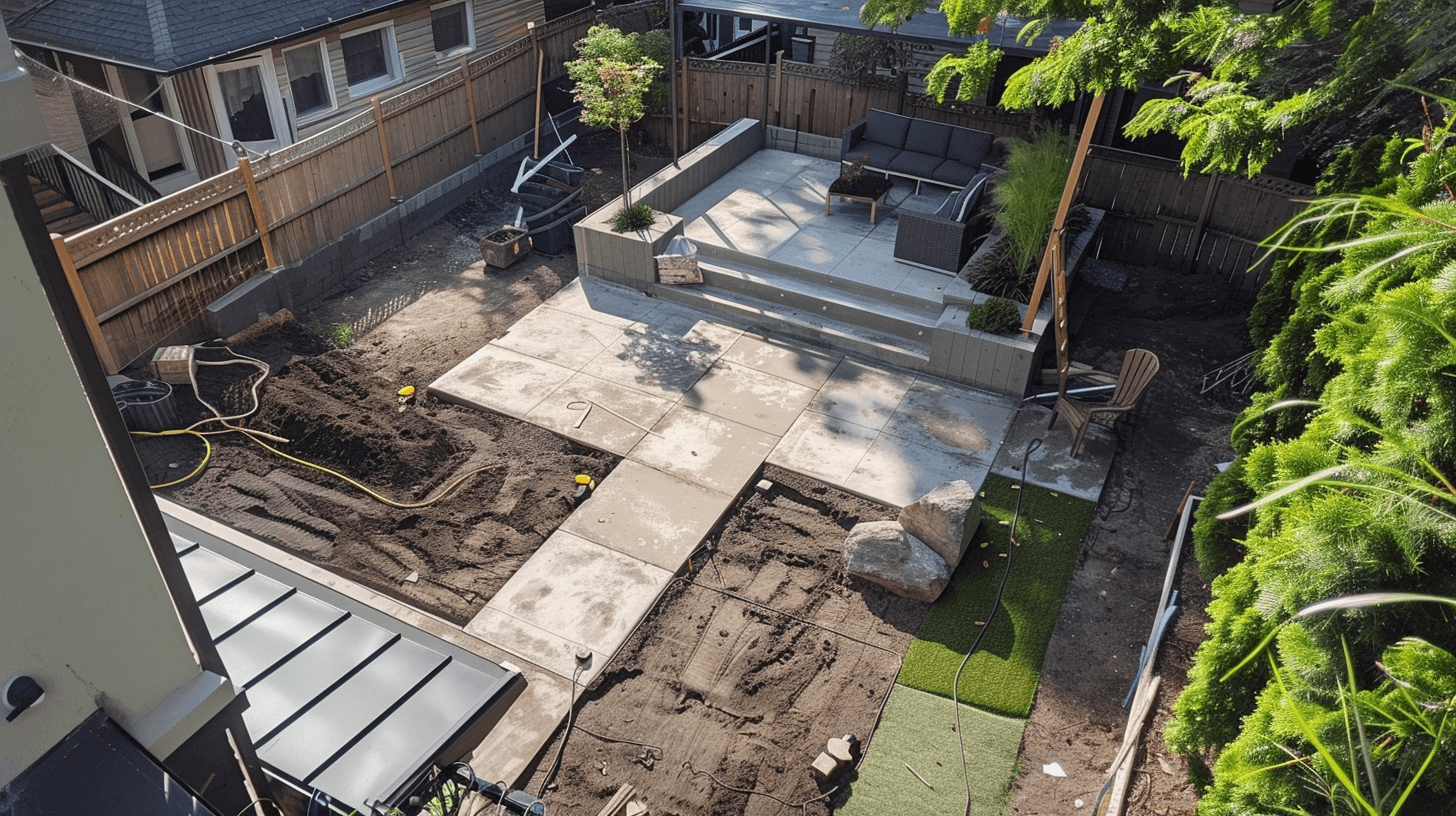I know what you're thinking – maintaining a home throughout the year can feel overwhelming. However, by breaking it down season by season, it becomes much more manageable.
From checking gutters in the fall to servicing your air conditioning unit in the summer, each season brings its own set of tasks to keep your home in top shape. But, there's one crucial aspect that often gets overlooked, and it can save you a lot of trouble down the road.
Fall: Cleaning and Inspecting Gutters
As the leaves begin to fall, I tackle the task of cleaning and inspecting gutters. Climbing up the ladder, I carefully remove the debris accumulated over the season, ensuring that water can flow freely through the gutters. It's crucial to prevent clogs that can lead to water damage and potential leaks in the home. With a gloved hand, I scoop out leaves, twigs, and dirt, making sure to dispose of them properly. Next, I run water through the gutters to check for any blockages or leaks, fixing any issues promptly.
Inspecting the gutters also involves checking for signs of damage or wear. I look for rust, loose screws, sagging sections, or cracks that may need repair. Addressing these problems early on can prevent more extensive damage down the line. Additionally, I examine the downspouts to ensure proper drainage away from the foundation of the house. By maintaining clean and functional gutters, I can protect my home from water-related issues and prolong the lifespan of the gutter system.
Winter: Checking Heating System
I inspect my heating system to ensure it's functioning efficiently before the winter chill sets in. This proactive approach helps me avoid unexpected breakdowns during the colder months. Here are four essential steps I take to check my heating system:
- Replace Air Filters: I start by replacing the air filters in my heating system. Clogged filters can reduce efficiency and air quality, so I make sure to swap them out regularly.
- Inspect Vents and Ducts: Next, I check all vents and ducts for blockages or debris. Ensuring proper airflow is crucial for an effective heating system.
- Test Thermostat: I test the thermostat to make sure it's accurately reading and responding to temperature changes. Calibrating it if necessary helps maintain a comfortable indoor environment.
- Schedule Professional Maintenance: Finally, I schedule a professional maintenance check-up. A certified technician can inspect the system more thoroughly, identifying any potential issues before they escalate.
Spring: Inspecting Roof and Attic
When conducting spring maintenance, what key areas should be inspected in the home?
One crucial aspect to focus on during the spring season is the roof and attic. Start by examining the roof for any signs of damage such as missing or cracked shingles, sagging areas, or clogged gutters. These issues can lead to water leaks and structural damage if not addressed promptly. Additionally, check for any signs of pest infestations or mold growth in the attic, as these can pose health risks and cause damage to your home.
During the inspection, ensure that the attic is well ventilated to prevent moisture buildup, which can lead to mold and mildew. Look for proper insulation to maintain energy efficiency and prevent heat loss. Trim any tree branches that are too close to the roof to prevent potential damage during storms.
Summer: Servicing Air Conditioning Unit
Ensuring proper maintenance of the air conditioning unit during the summer season is essential for optimal performance and comfort in your home. Here are four crucial steps to keep your air conditioning unit in top shape:
- Clean or Replace Air Filters: Dirty filters restrict airflow, reducing efficiency. Clean or replace filters every 1-3 months.
- Inspect and Clean Evaporator and Condenser Coils: Dust and debris can accumulate on these coils, hindering heat transfer. Regular cleaning can improve efficiency.
- Check Refrigerant Levels: Low refrigerant levels can indicate a leak, affecting cooling capacity. Consult a professional if you suspect a refrigerant issue.
- Clear the Area Around the Outdoor Unit: Ensure there are no obstructions like plants or debris around the outdoor condenser unit to allow for proper airflow.
Every Season: Testing Smoke and Carbon Monoxide Detectors
To maintain a safe and healthy home environment, regularly test your smoke and carbon monoxide detectors throughout the year. It's crucial to ensure these detectors are functioning correctly to protect your family from potential hazards. I make it a point to test my detectors every season by pressing the test button to confirm they're working correctly. This simple task only takes a few moments but can make a significant difference in the safety of your home.
Smoke detectors are essential for early fire detection, giving you and your family valuable time to evacuate in case of a fire. Similarly, carbon monoxide detectors are vital in detecting this odorless gas, which can be life-threatening if not detected early. By testing these detectors regularly, you can have peace of mind knowing that your home is equipped to alert you in case of any emergencies.
Don't overlook the importance of testing your smoke and carbon monoxide detectors. Make it a habit to check them every season, and ensure the safety of your loved ones.
Bi-Annual: Cleaning and Sealing Windows and Doors
I prioritize cleaning and sealing my windows and doors bi-annually to maintain their efficiency and prevent drafts. This routine maintenance not only keeps my home looking its best but also helps in conserving energy and reducing utility costs. Here are four essential steps I follow when cleaning and sealing my windows and doors:
- Inspect for Damage: I carefully examine each window and door for any cracks, gaps, or signs of wear and tear that may affect their performance.
- Clean Thoroughly: Using a mild detergent and water solution, I clean the window panes, frames, and tracks to remove dirt, dust, and grime buildup.
- Apply Sealant: After ensuring everything is clean and dry, I apply a fresh coat of weatherstripping or caulk around the windows and doors to seal any gaps and prevent air leaks.
- Check Hardware: I inspect hinges, locks, and handles for smooth operation and tighten any loose screws to keep everything secure and functioning correctly.
Yearly: Inspecting Plumbing and Electrical Systems
When it comes to maintaining my home, a yearly inspection of the plumbing and electrical systems is crucial for ensuring safety and efficiency. Checking the plumbing involves looking for leaks, corrosion, or any signs of water damage. It's essential to inspect faucets, pipes, water heaters, and toilets for any issues that could lead to costly repairs if left unattended. Additionally, testing the water pressure can help identify potential problems with the plumbing system.
On the electrical side, inspecting the wiring, outlets, and electrical panels is vital to prevent hazards like electrical fires. Look for frayed wires, scorch marks, or any signs of overheating. Testing the outlets with a simple plug-in tester can ensure they're wired correctly and safely grounded. It's also a good idea to check the operation of circuit breakers and ensure they're labeled correctly for easy identification in case of emergencies.





